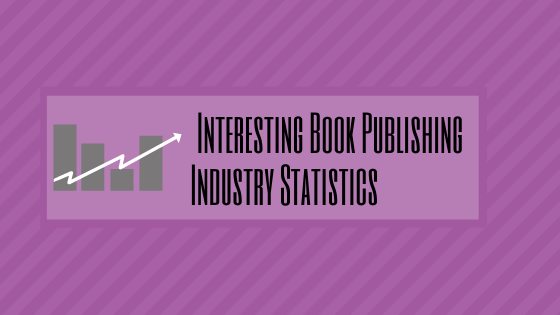You know you have a book in you. Consumed with a desire to share your story, you are itching to get it to the printed page. Traditionally, the first-time author would journey a well-worn path to publication, following the strict edicts established by the publishing industry. Authors today, however, have an alternate path to consider, that of the self-publishing route.
Self-publishing hit the mainstream back in 2007 when Amazon introduced Kindle Direct Publishing (KDP)—the impetus for the current self-publishing boon that has followed. With continual advances in technology, providing convenient publishing services, and high-quality print-on-demand products, authors now have a legitimate alternative to traditional publishing.
When considering the recent trends in the industry, it becomes clear that the advent of self-publishing has been a formidable disruptor. Authors increasingly ignore the traditional path to publication in favor of maintaining total control of the content and design of their product via a self-publishing partner.
The compelling self-publishing facts—the upward trends and the multiple benefits to authors—are difficult to ignore. Don’t take out word for it; check out these book publishing industry statistics!
Statistics About the Traditional Publishing Industry
Here are some interesting traditional book publishing industry statistics to consider:
Popularity is Declining
The book publishing trade peaked in 2007 but has stagnated since 2013, with just 0.9% growth and declining profits for 2019 over 2018. This downward trend dovetails with the emergence of KDP in 2007.
Jobs are Limited
The book publishing industry has shed 60,638 jobs since 2014. The loss of jobs in the industry follows the slowing trade publication sales trends in the five years of 2014-2019.
Sales are Down
November 2019 book sales for adult trade publications fell 27% compared to November 2018. In the child/young adult segment, sales dropped 23.8%. Sales fell 23.9% for the 1,361 publishers included in the report.
Statistics About the Self-Publishing Industry
Check out these intriguing self-publishing statistics:
Demand is Booming
The number of self-published titles soared 40% in 2018 vs. 2017. Bowker, which provides ISBN codes to self-published authors, reported that a total of 1.68 million self-published books were published in 2018.
Amazon is a Strong Contender
Amazon now sells an estimated 60% of all books and listed 1.4 million self-published titles in 2018. Amazon’s market share for e-books is approximately 65-70%.
Self-publishing is Profitable
Royalties paid for self-published books are nearly three times higher than traditionally published books. The average royalty paid by a traditional publisher is 10% of the retail sales price (what the seller actually sold the book for).
Payment is Quick
Royalty payments to authors begin after 90 days with self-published books versus six months for traditionally published books. The first-time author might receive a small advance by a traditional publisher of $2,000-$5,000, but no other revenues will be received until their book has produced revenue to cover this advance.
Curious About How Self-Publishing Works?
Now that you’ve done your research into some book publishing industry statistics, you may have decided that self-publishing is the route you wish to pursue. To ensure the best author experience and outcome for your book, consider teaming up with Gatekeeper Press. Our expert publishing gurus will assist you through the entire process, from editing and design to publication. Reach out to us today at (866) 535-0913 for a smooth self-publishing experience.

